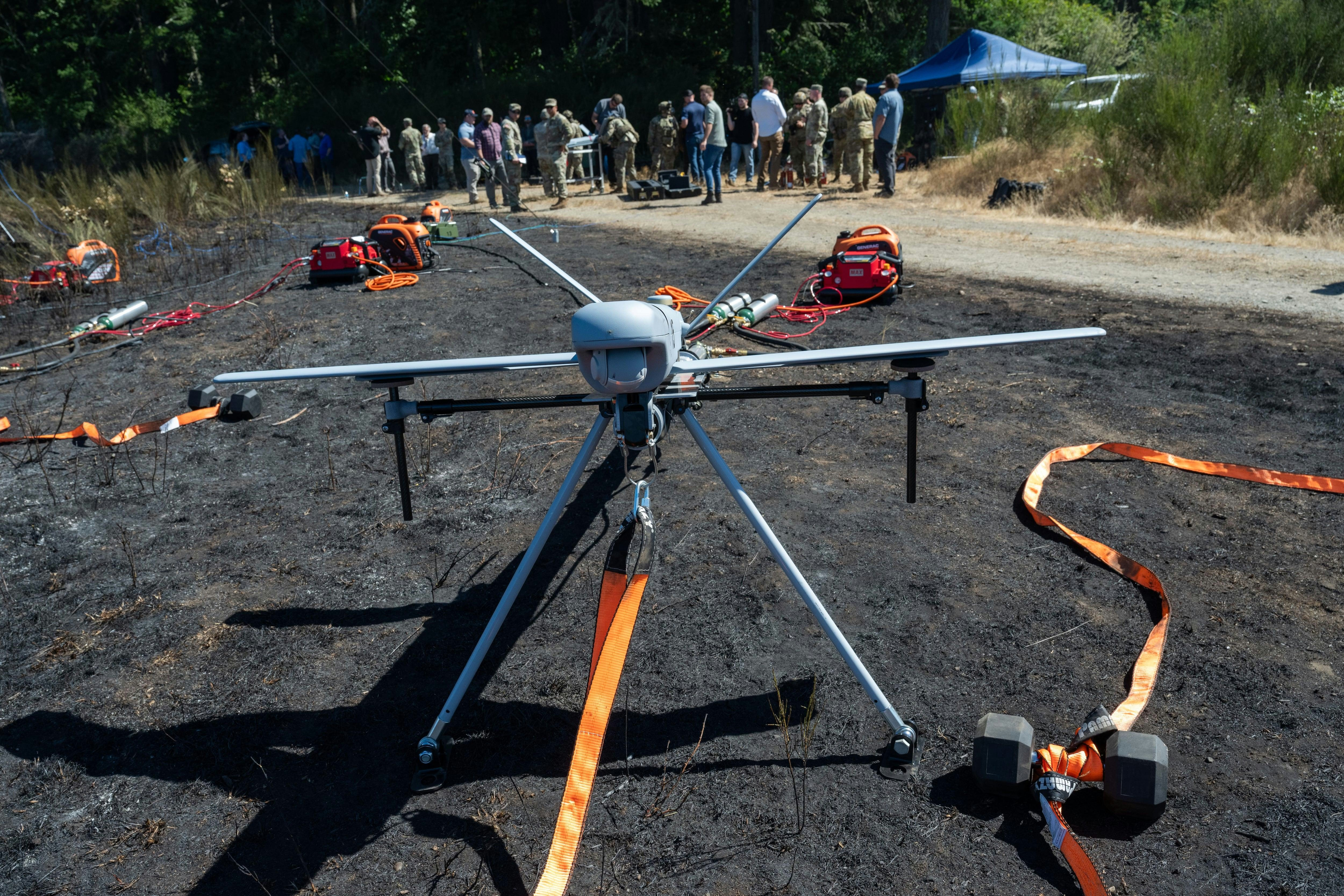
AeroGenie: Su copiloto inteligente.
Tendencias
Categories
The Rare Five-Engine Boeing 747 and Its Unique Purpose
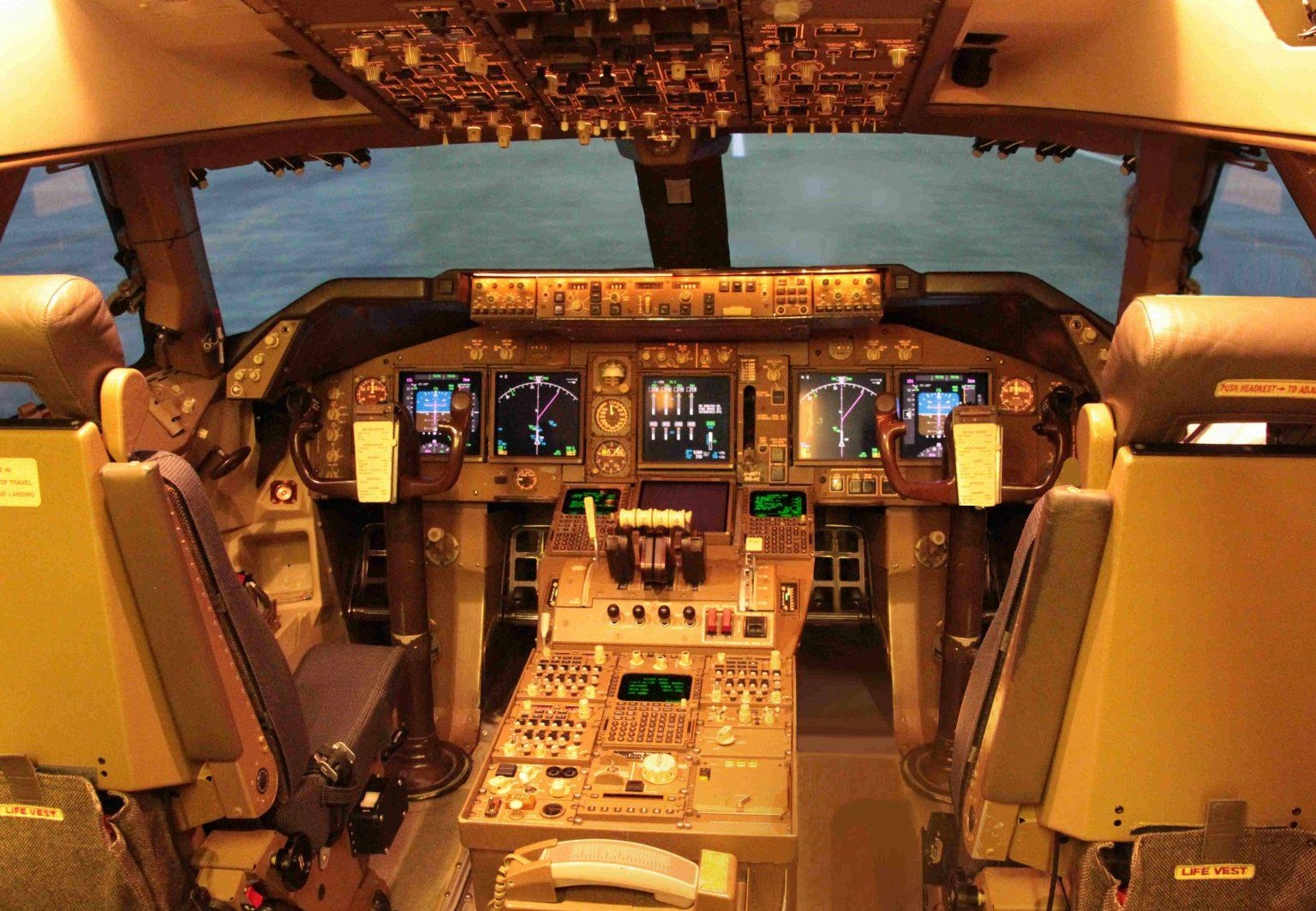
The Rare Five-Engine Boeing 747 and Its Unique Purpose
The Boeing 747, famously known as the “Queen of the Skies,” stands as one of the most iconic aircraft in aviation history. Although production of the 747 concluded in 2023, many of these legendary planes will remain in service for years ahead. Among the rarest variants is the Boeing 747SP, a shortened and lighter model originally developed for airlines requiring a smaller widebody jet with exceptional range. Today, only two 747SPs remain operational, both owned by Pratt & Whitney Canada and employed in a highly specialized capacity.
A Flying Laboratory for Engine Testing
Unlike conventional passenger aircraft, these 747SPs serve as flying laboratories or “testbeds” for the development of new aircraft engines. In a distinctive modification, these planes operate with five engines—four mounted under the wings and a fifth installed specifically for testing purposes. This unusual configuration enables engineers to conduct in-flight evaluations of next-generation engines, a crucial phase before any new powerplant can receive certification for commercial use.
The certification process for jet engines is exhaustive. It begins with static tests conducted with the engine off, followed by ground runs on large engine stands, often within wind tunnels or specialized testing facilities. Throughout these stages, engineers closely monitor performance metrics, noise levels, and structural stresses, making iterative design improvements as necessary. Once ground testing is successfully completed, the engine is affixed to the 747SP for airborne trials, exposing it to the full range of operational conditions encountered during flight.
Rigorous Testing Under Extreme Conditions
Manufacturers such as Rolls-Royce emphasize the demanding nature of these tests. Engines are subjected to extreme cold, sometimes reaching temperatures as low as -60°C at altitudes around 40,000 feet, to verify that ice formation does not jeopardize safety. Facilities like the GLACIER test site in Manitoba, Canada, provide environments for cold-weather starts and endurance testing. Additionally, engines undergo water ingestion tests simulating heavy rain and hail to ensure resilience against severe weather without flameouts.
Challenges of Operating a Legacy Aircraft
Operating these rare and aging aircraft presents significant challenges. Procuring spare parts for the 747SP is increasingly difficult as components grow scarce compared to those for modern jets. The aircraft’s older avionics and communication systems may also struggle to comply with evolving regulatory requirements, raising concerns about their long-term operational viability. These factors could invite heightened scrutiny from regulators and industry competitors, particularly if safety or reliability issues emerge.
Market responses to the continued use of these vintage testbeds remain uncertain. While the 747SP’s presence at events such as EAA AirVenture Oshkosh 2025 is expected to attract considerable interest from aviation enthusiasts, its influence on broader consumer confidence is less clear. As the aerospace industry advances, the unique role of these five-engine 747s underscores both the innovation and the challenges inherent in advancing technology through legacy platforms.

United Airlines Flight Returns to Dulles After Engine Failure on Takeoff

United Airlines flight makes emergency landing at Dulles after engine failure

The Impact of the New Air Force One’s Delayed 2028 Arrival on Aviation and Travel

United Airlines Restarts Controversial AI Scheduling for Flight Attendants
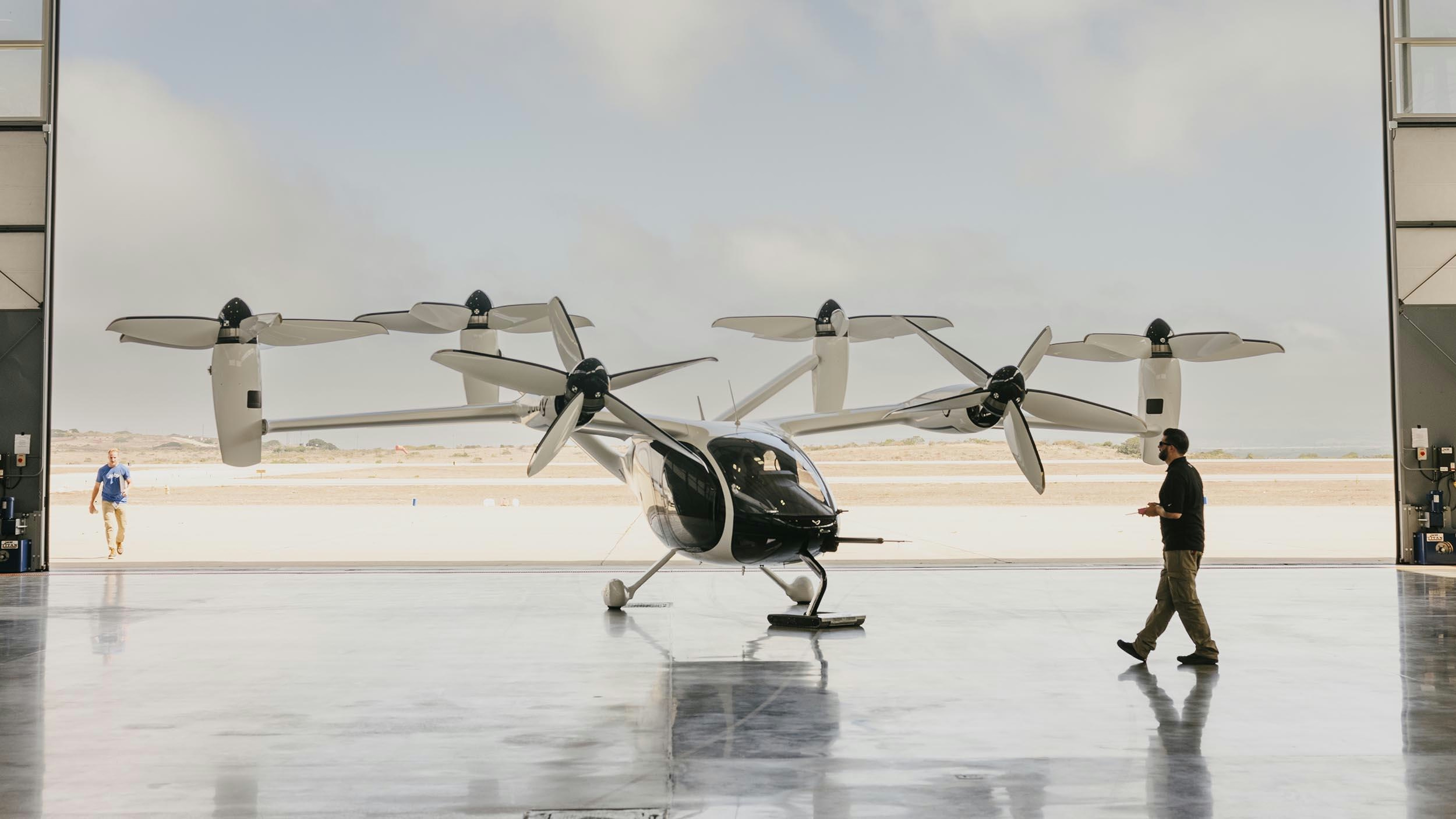
Joby Aviation’s Air Taxis Poised to Change Urban Travel and Tourism
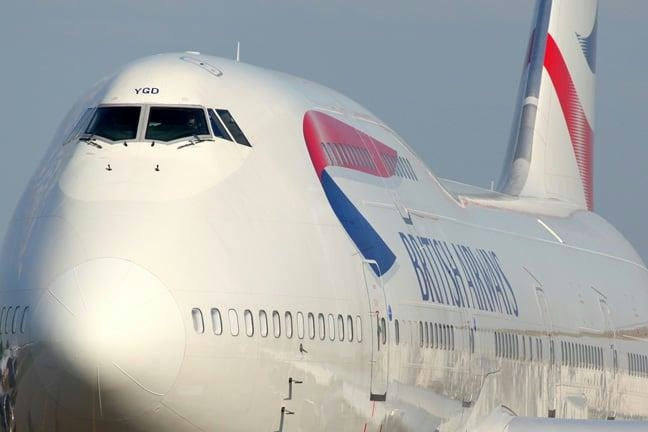
BA Chief Warns AI Agents May Diminish Brand Visibility

How GE Is Meeting Global Jet Engine Demand

IATA Projects Airline Profits of $41 Billion in 2026
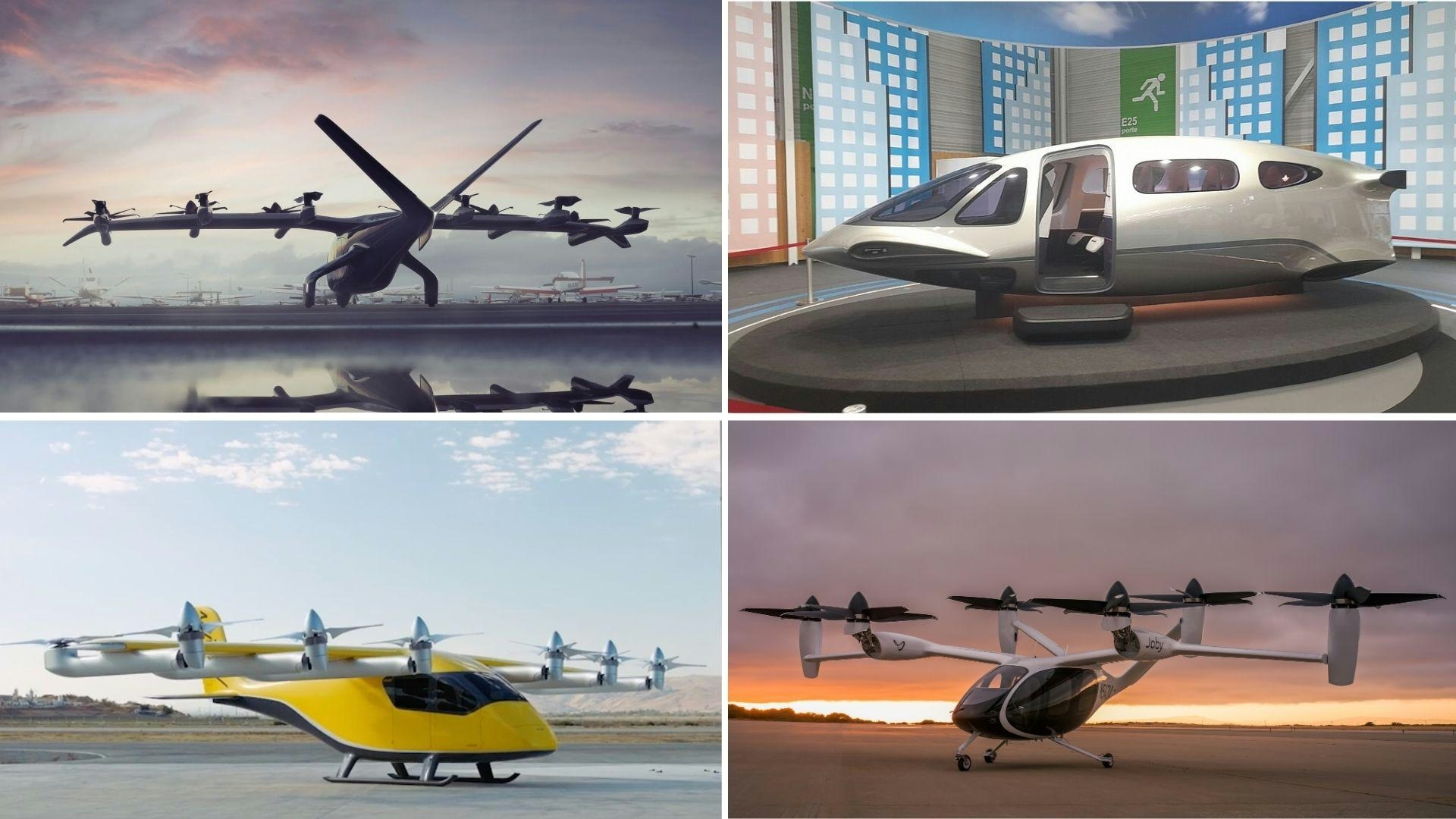
Five Air Taxis Poised to Shape Urban Mobility by 2026
